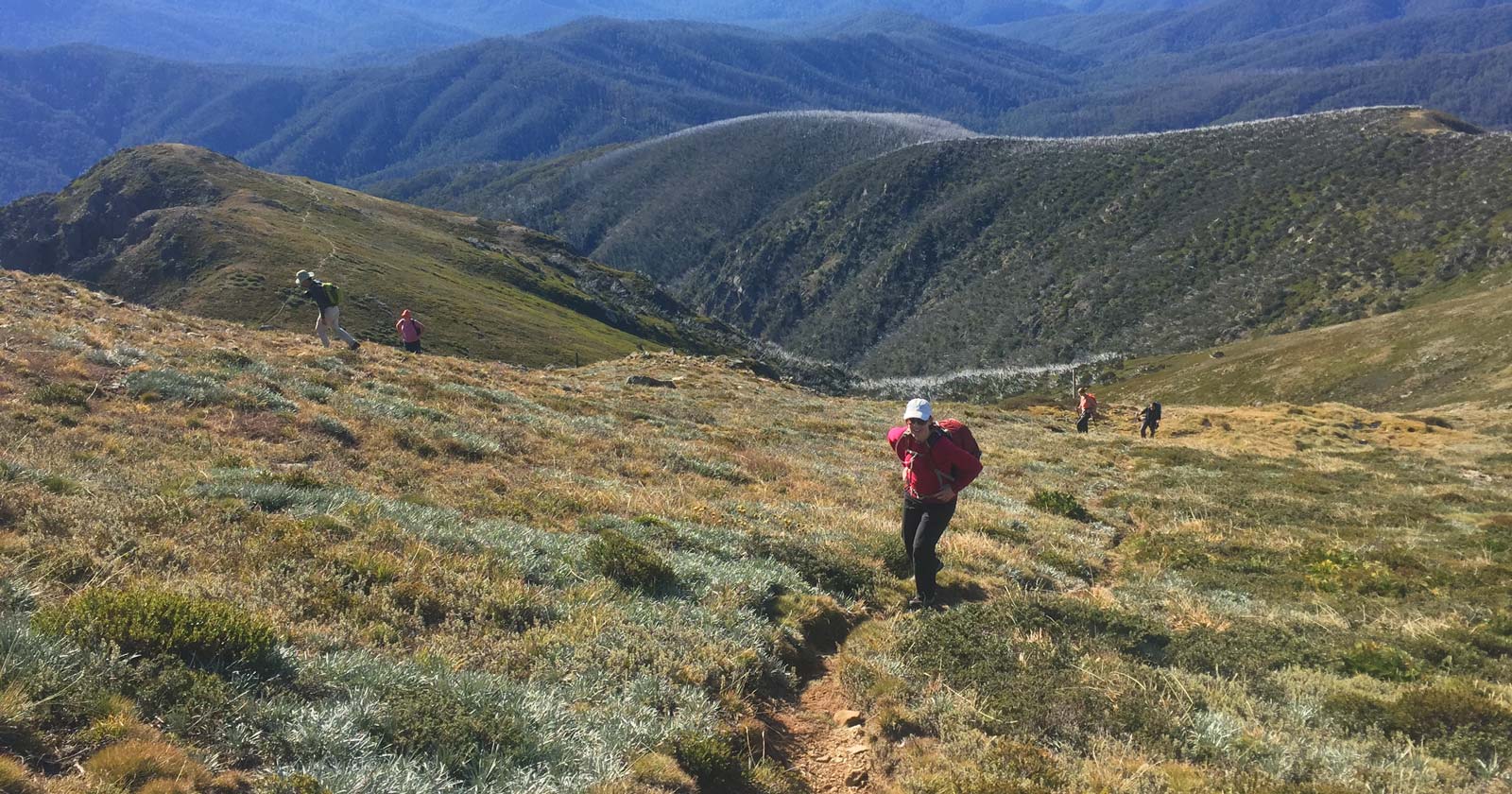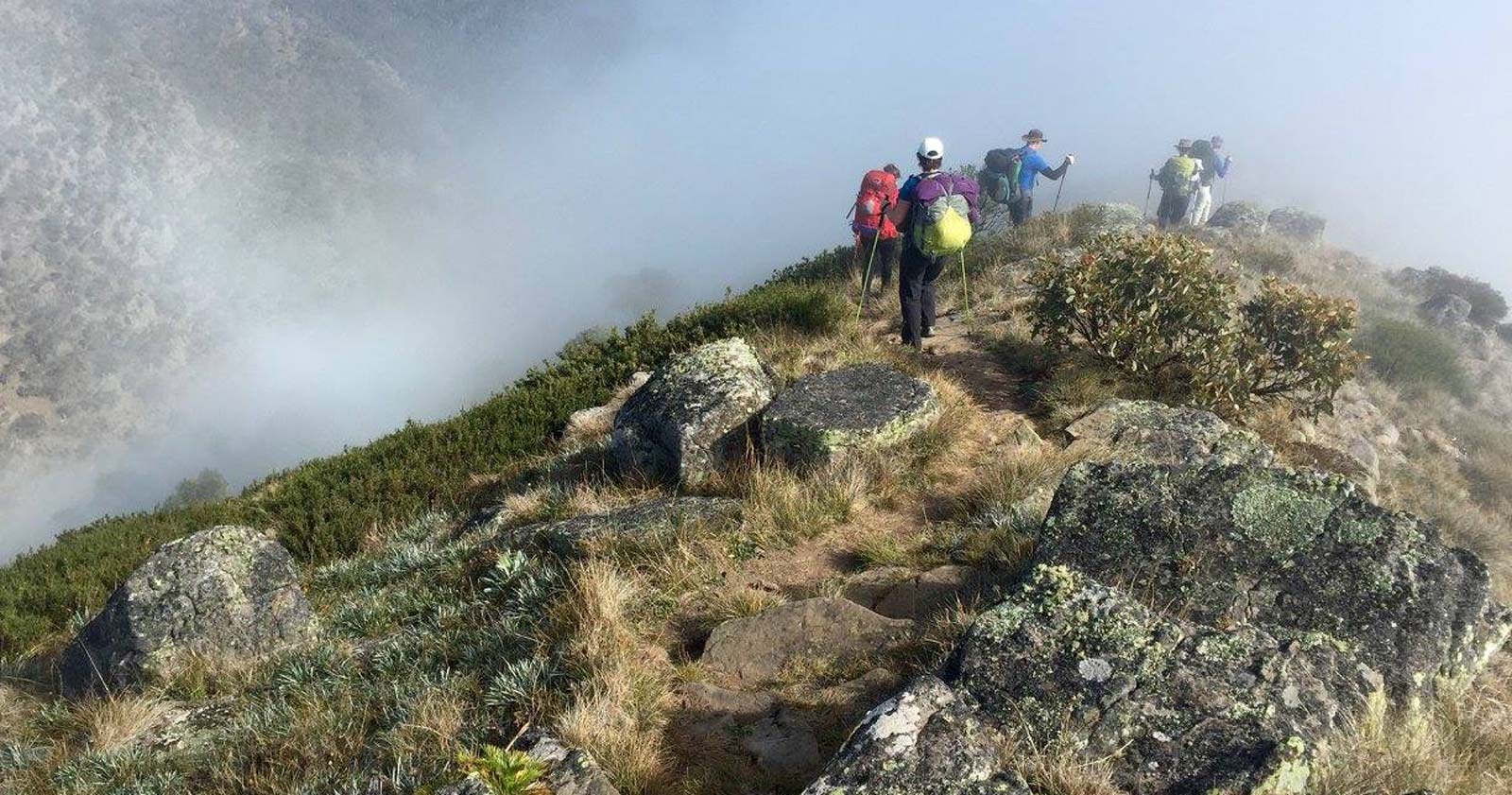Hiking Downhill: Essential Tips for a Safe and Enjoyable Experience
Hiking downhill presents both exhilaration and challenges. While descending might seem easier than climbing, it can exert significant strain on the body and requires distinct techniques to ensure safety and comfort.
Choose the Right Footwear
Wearing appropriate footwear is critical for a successful downhill hike. Select hiking boots or trail shoes that offer excellent traction and support. Ensure a snug fit with ample cushioning to absorb impact, helping you maintain balance and significantly reducing the risk of slips and falls.
Maintain a Slight Forward Lean
When navigating downhill, lean slightly forward to keep your centre of gravity stable and avoid falling backward. A relaxed upper body is essential; tensing your muscles can lead to fatigue, making it harder to balance.
Take Short, Controlled Steps
Adopting a technique of short, quick steps enhances balance and stability on downhill trails. This method helps prevent slips and trips over obstacles. Avoid long strides and jumping down from rocks, as these actions can place undue strain on your knees and ankles.
Engage Your Hips and Knees
Utilise your hips and knees to absorb the shock of each step. By bending your knees slightly and shifting your weight from side to side, you can maintain balance and minimise joint impact, allowing for smoother adjustments to changes in terrain.
Use Your Arms for Stability
Allow your arms to swing naturally as you descend. They play a crucial role in maintaining balance, especially on steeper slopes.
Be Mindful of Your Footing
Pay close attention to your steps. Look for stable rocks, roots, and flat surfaces to step on while avoiding loose or slippery areas that could heighten the risk of falling.
Create Your Own Switchbacks
Consider creating your own switchbacks when descending steep trails. Walking straight down a slope can exert excessive pressure on your feet, knees, and leg muscles. Instead, try zigzagging slightly across the slope, landing with each foot at a diagonal angle to the fall line. This technique can significantly reduce impact and enhance stability as you navigate the trail.
Use Hiking Poles
If you use hiking poles, take advantage of them while hiking downhill. Trekking poles provide additional stability, help reduce knee strain, and assist in evenly distributing your weight, leading to a more comfortable descent.
Adopt a Slow and Steady Pace
Maintain a slow, steady pace to ensure better control and stability while descending. Rushing or taking long strides can increase your risk of slipping or falling, so focus on rhythm and consistency.
Prioritise Frequent Breaks
Descending can be physically demanding; therefore, it is essential to take regular breaks to rest and recharge. Use these moments to hydrate, enjoy a snack, or appreciate the surrounding scenery. Frequent pauses will help sustain your energy levels and reduce the risk of injury.
Final Thoughts
Descending a trail requires different techniques compared to ascending. By selecting the right footwear, maintaining a slight forward lean, taking short steps, engaging your hips and knees, and resting when necessary, hikers can significantly enhance their comfort and safety. Always prioritise safety during your descent and remain aware of your surroundings. If the terrain becomes particularly challenging, consider hiking with a companion or an experienced hiker for added support.
With these strategies in mind, hikers can fully enjoy the breathtaking views and rewarding experience of hiking downhill.






I do this too.
Saw an American doing this on the Norte and copied !
That’s not an argument to cut corners on an existing track however
Kathryn Hooton xx